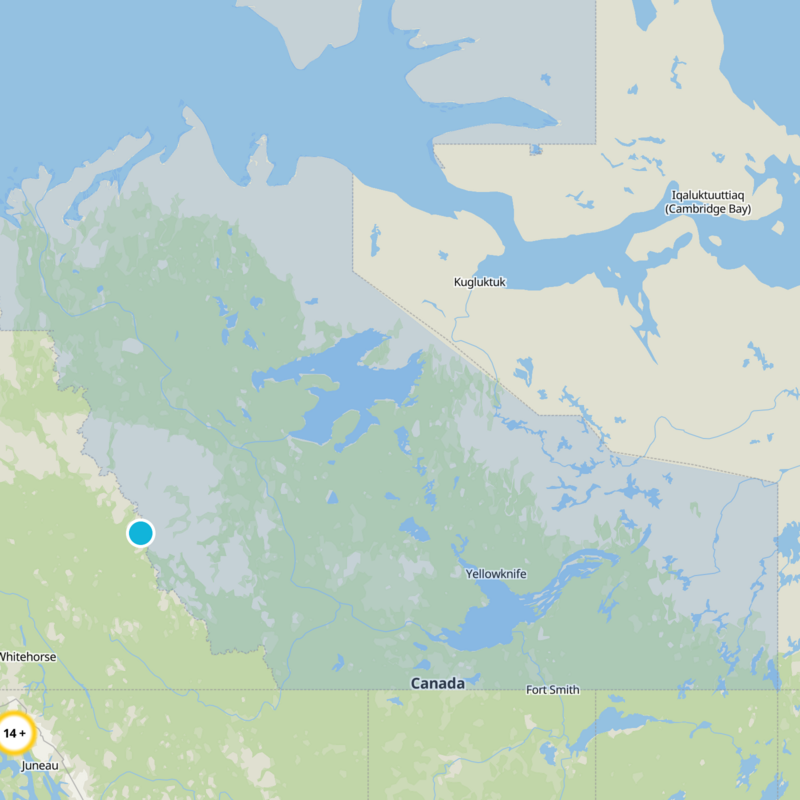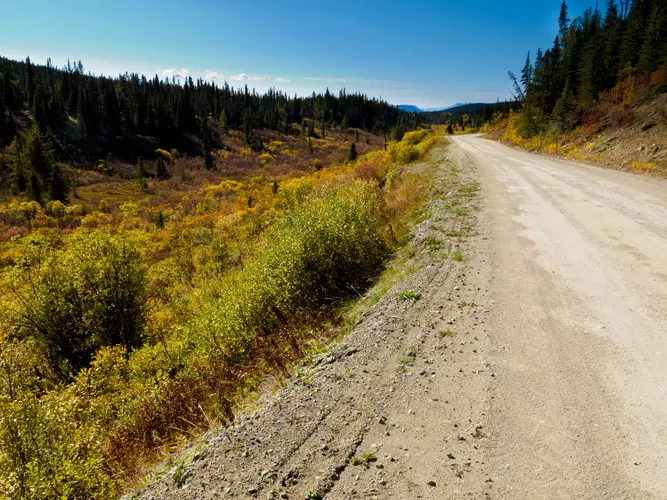"Discover the Northwest Territories' magic: pristine wilderness, captivating landscapes, and dancing Northern Lights await!"
Embark on an unforgettable adventure in the Northwest Territories, where pristine wilderness and breathtaking landscapes await. Traverse the rugged trails of Nahanni National Park, where the thundering Virginia Falls and deep canyons captivate the soul. Experience the solitude of the Mackenzie Mountains, where wildlife roams free and the Northern Lights dance overhead. Each step unveils untouched beauty, inviting you to explore the heart of Canada's wild frontier. Discover the magic of the Northwest Territories!
Most popular hikes
FAQs about hiking in Northwest Territories









